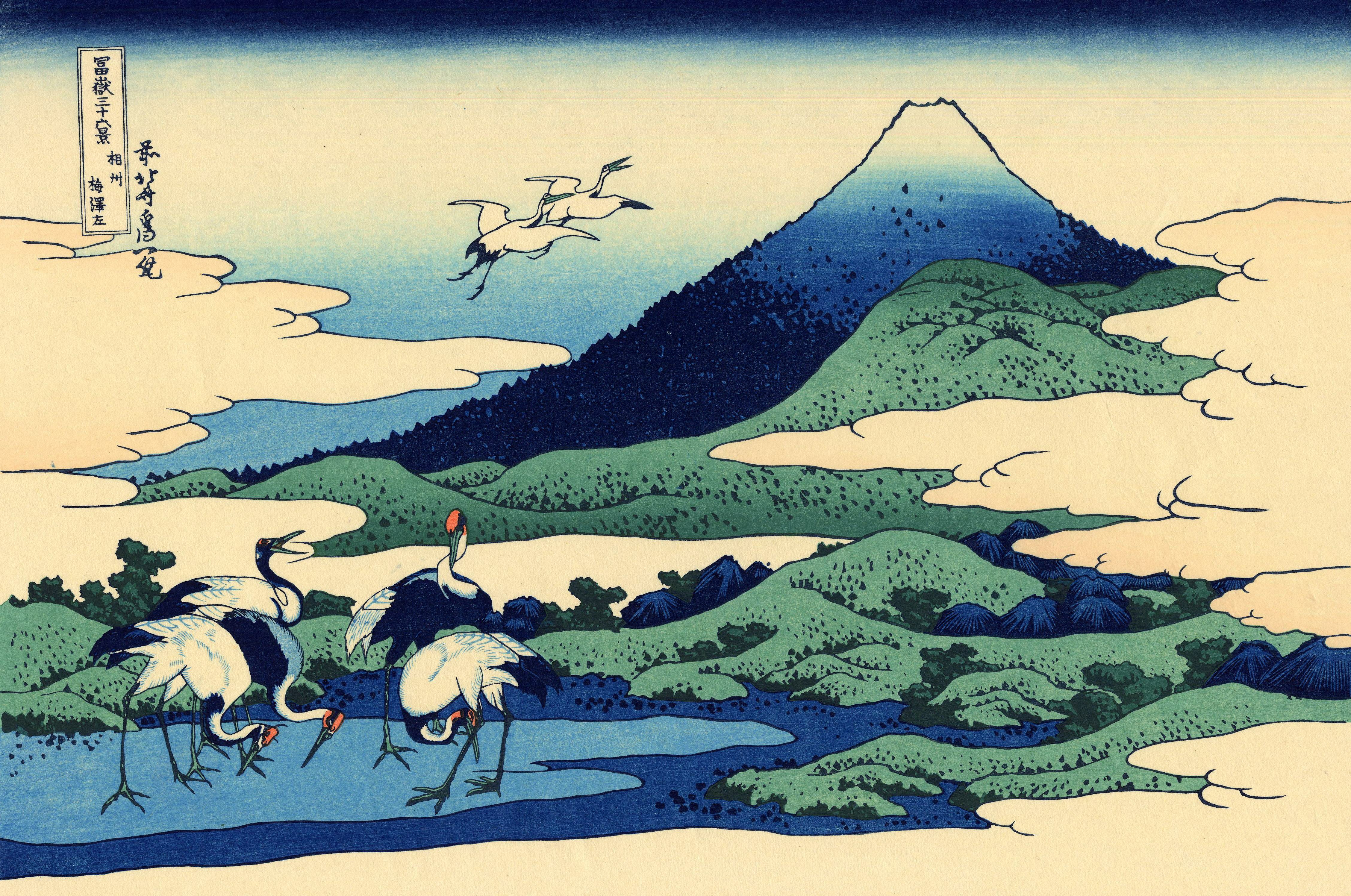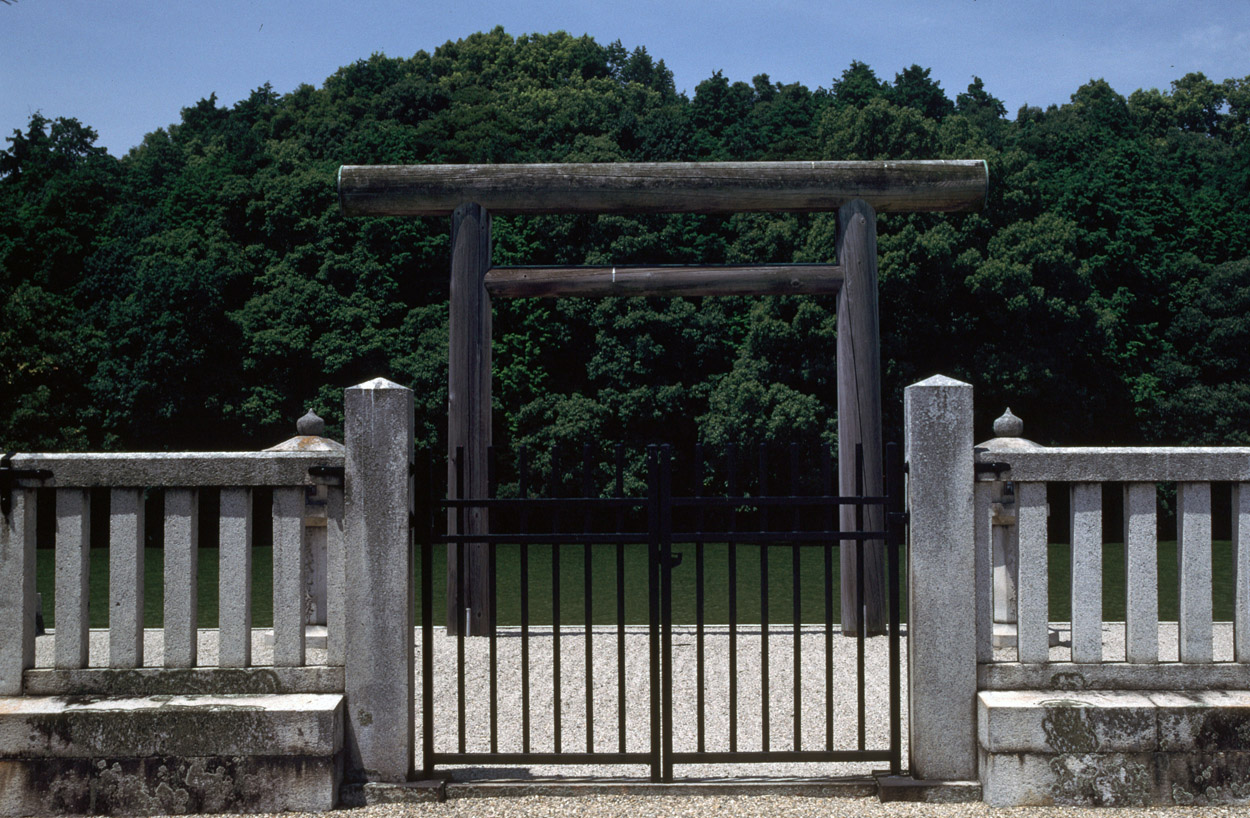|
Ninomiya, Kanagawa
260px, Kawawa Jinja, after which Ninomiya is named is a town located in Kanagawa Prefecture, Japan. , the town had an estimated population of 27,334 and a population density of 3000 persons per km². The total area of the town is . Geography Ninomiya is located on the coast of west-central Kanagawa Prefecture, bordered to the south by Sagami Bay of the Pacific Ocean. In the north, a gentle range of hills called the Oiso Hills extends from east to west. The Kuzugawa River runs through the central part of the town, and the Nakamura River (called the Oshikiri River near the mouth of the river) runs through the western part. Surrounding municipalities Kanagawa Prefecture *Odawara *Hiratsuka * Ōiso * Nakai Climate Ninomiya has a Humid subtropical climate (Köppen ''Cfa'') characterized by warm summers and cool winters with light to no snowfall. The average annual temperature in Ninomiya is 13.4 °C. The average annual rainfall is 2144 mm with September as the wettest mon ... [...More Info...] [...Related Items...] OR: [Wikipedia] [Google] [Baidu] |
Towns Of Japan
A town (町; ''chō'' or ''machi'') is a local administrative unit in Japan. It is a local public body along with prefecture (''ken'' or other equivalents), city (''shi''), and village (''mura''). Geographically, a town is contained within a district. Note that the same word (町; ''machi'' or ''chō'') is also used in names of smaller regions, usually a part of a ward in a city. This is a legacy of when smaller towns were formed on the outskirts of a city, only to eventually merge into it. Towns See also * Municipalities of Japan * Japanese addressing system The Japanese addressing system is used to identify a specific location in Japan. When written in Japanese characters, addresses start with the largest geographical entity and proceed to the most specific one. When written in Latin characters, ad ... References {{reflist External links "Large_City_System_of_Japan";_graphic_shows_towns_compared_with_other_Japanese_city_types_at_p._1_[PDF_7_of_40/nowiki>">DF_7_of_4 ... [...More Info...] [...Related Items...] OR: [Wikipedia] [Google] [Baidu] |
Population Density
Population density (in agriculture: standing stock or plant density) is a measurement of population per unit land area. It is mostly applied to humans, but sometimes to other living organisms too. It is a key geographical term.Matt RosenberPopulation Density Geography.about.com. March 2, 2011. Retrieved on December 10, 2011. In simple terms, population density refers to the number of people living in an area per square kilometre, or other unit of land area. Biological population densities Population density is population divided by total land area, sometimes including seas and oceans, as appropriate. Low densities may cause an extinction vortex and further reduce fertility. This is called the Allee effect after the scientist who identified it. Examples of the causes of reduced fertility in low population densities are * Increased problems with locating sexual mates * Increased inbreeding Human densities Population density is the number of people per unit of area, usuall ... [...More Info...] [...Related Items...] OR: [Wikipedia] [Google] [Baidu] |
Sengoku Period
The was a period in History of Japan, Japanese history of near-constant civil war and social upheaval from 1467 to 1615. The Sengoku period was initiated by the Ōnin War in 1467 which collapsed the Feudalism, feudal system of Japan under the Ashikaga shogunate. Various samurai warlords and Japanese clans, clans fought for control over Japan in the power vacuum, while the emerged to fight against samurai rule. The Nanban trade, arrival of Europeans in 1543 introduced the arquebus into Japanese warfare, and Japan ended its status as a Tributary system of China, tributary state of China in 1549. Oda Nobunaga dissolved the Ashikaga shogunate in 1573 and launched a war of political unification by force, including the Ishiyama Hongan-ji War, until his death in the Honnō-ji Incident in 1582. Nobunaga's successor Toyotomi Hideyoshi completed his campaign to unify Japan and consolidated his rule with numerous influential reforms. Hideyoshi launched the Japanese invasions of Korea (159 ... [...More Info...] [...Related Items...] OR: [Wikipedia] [Google] [Baidu] |
Later Hōjō Clan
The was one of the most powerful samurai families in Japan in the Sengoku period and held domains primarily in the Kantō region. Their last name was simply Hōjō (北条) but in order to differentiate between the earlier Hōjō clan with the same name and '' mon'' were called "Later Hōjō", although this was not the official family name. History The history of the family is written in the ''Hōjō Godaiki''. The clan is traditionally reckoned to be started by Ise Shinkurō, who came from a branch of the prestigious Ise clan, descendants of Taira no Toshitsugu, a family in the direct service of the Ashikaga shoguns, as close advisors and ''Shugo'' (Governor) of Yamashiro Province (Ise Sadamichi since 1493). During the Imagawa clan succession crisis in 1476, Shinkurō whose sister was married to Imagawa Yoshitada, Shugo (Governor) of Suruga Province, became associated with the Imagawa clan. At the death of Yoshitada in battle, Shinkurō went down to Suruga Province to suppo ... [...More Info...] [...Related Items...] OR: [Wikipedia] [Google] [Baidu] |
Emperor Suinin
, also known as was the 11th legendary Emperor of Japan, according to the traditional order of succession. Less is known about ''Suinin'' than his father, and likewise he is also considered to be a "legendary emperor". Both the ''Kojiki'', and the ''Nihon Shoki'' (collectively known as the ''Kiki'') record events that took place during Suinin's alleged lifetime. This legendary narrative tells how he ordered his daughter Yamatohime-no-mikoto to establish a new permanent shrine for Amaterasu (the Sun Goddess), which eventually became known as the Ise Grand Shrine. Other events that were recorded concurrently with his reign include the origins of Sumo wrestling in the form of a wrestling match involving Nomi no Sukune. Suinin's reign is conventionally considered to have been from 29 BC to AD 70. During his alleged lifetime, he fathered seventeen children with two chief wives (empress) and six consorts. One of his sons became the next emperor upon his death in 70 AD, but the locati ... [...More Info...] [...Related Items...] OR: [Wikipedia] [Google] [Baidu] |
Heian Period
The is the last division of classical Japanese history, running from 794 to 1185. It followed the Nara period, beginning when the 50th emperor, Emperor Kanmu, moved the capital of Japan to Heian-kyō (modern Kyoto). means "peace" in Japanese. It is a period in Japanese history when the Chinese influences were in decline and the national culture matured. The Heian period is also considered the peak of the Japanese imperial court and noted for its art, especially poetry and literature. Two types of Japanese script emerged, including katakana, a phonetic script which was abbreviated into hiragana, a cursive alphabet with a unique writing method distinctive to Japan. This gave rise to Japan's famous vernacular literature, with many of its texts written by court women who were not as educated in Chinese compared to their male counterparts. Although the Imperial House of Japan had power on the surface, the real power was in the hands of the Fujiwara clan, a powerful aristocratic f ... [...More Info...] [...Related Items...] OR: [Wikipedia] [Google] [Baidu] |
Kawawa Shrine
Kawawa may refer to: *Rashidi Kawawa Rashidi Mfaume Kawawa (27 May 1926 – 31 December 2009) was the Prime Minister of Tanganyika in 1962 and of Tanzania in 1972 to 1977. He was the effective ruler of the country from January to December 1962 while Julius Nyerere toured the c ... (1926–2009), Prime Minister of Tanganyika in 1962 and of Tanzania in 1972 to 1977 * Shudo Kawawa (born 1965), Japanese swimmer * Sofia Kawawa (née Selemani Mkwela, 1936–1994), Tanzanian activist, founder of the Tanzania Women's Union * Vita Kawawa (born 1964), Tanzanian politician and Member of Parliament {{surname ... [...More Info...] [...Related Items...] OR: [Wikipedia] [Google] [Baidu] |
Sagami Province
was a province of Japan located in what is today the central and western Kanagawa Prefecture. Nussbaum, Louis-Frédéric. (2005). "''Kanagawa''" at . Sagami Province bordered the provinces of Izu, Musashi, and Suruga. It had access to the Pacific Ocean through Sagami Bay. However, most of the present-day cities of Yokohama and Kawasaki, now part of Kanagawa Prefecture, were not in Sagami, but rather, in Musashi Province. Its abbreviated form name was . History Sagami was one of the original provinces of Japan established in the Nara period under the Taihō Code. The area has been inhabited since prehistoric times. Although remnants from the Japanese Paleolithic and Yayoi periods are scarce, remains from the Jōmon period are relatively plentiful. Kofun period remains are generally from the 1st – 4th centuries AD. Whether or not Sagami was originally part of Musashi prior to the Nara period is still a topic of controversy. The original capital of the province may have be ... [...More Info...] [...Related Items...] OR: [Wikipedia] [Google] [Baidu] |
Humid Subtropical Climate
A humid subtropical climate is a zone of climate characterized by hot and humid summers, and cool to mild winters. These climates normally lie on the southeast side of all continents (except Antarctica), generally between latitudes 25° and 40° and are located poleward from adjacent tropical climates. It is also known as warm temperate climate in some climate classifications. Under the Köppen climate classification, ''Cfa'' and ''Cwa'' climates are either described as humid subtropical climates or warm temperate climates. This climate features mean temperature in the coldest month between (or ) and and mean temperature in the warmest month or higher. However, while some climatologists have opted to describe this climate type as a "humid subtropical climate", Köppen himself never used this term. The humid subtropical climate classification was officially created under the Trewartha climate classification. In this classification, climates are termed humid subtropical when the ... [...More Info...] [...Related Items...] OR: [Wikipedia] [Google] [Baidu] |
Nakai, Kanagawa
260px, Lake Shinsei is a town located in Kanagawa Prefecture, Japan. , the town had an estimated population of 9,155 and a population density of 460 persons per km². The total area of the town is . Geography Nakai is located in the southwestern part of Kanagawa prefecture, at the eastern end of Ashigarakami district. One-third of the town area in the northwestern part of the Oiso Hills is forest, all of which is privately owned, with agricultural land and the town located along the river between the hills. The Nakamura River runs through the town in the west and the Kuzugawa River runs through the town in the east. Due to the landslide caused by the 1923 Great Kanto Earthquake, the river in the north was blocked and Lake Shinsei. In the southwestern part of the town are hills of about 200 to 300 meters, and the slopes are dotted with mandarin orange fields. Surrounding municipalities Kanagawa Prefecture *Hiratsuka *Odawara *Hadano * Ninomiya * Ōi Climate Nakai has a Humid sub ... [...More Info...] [...Related Items...] OR: [Wikipedia] [Google] [Baidu] |
Hiratsuka, Kanagawa
260px, Hiratsuka City Hall is a city located in Kanagawa Prefecture, Japan. , the city had an estimated population of 257,316 and a population density of 3800 persons per km². The total area of the city is . Geography Hiratsuka is located in the Shōnan area on the right bank (west side) of the Sagami River, almost in the center of Kanagawa Prefecture, and faces Sagami Bay to the south. The area from the Sagami River to the Kaname River is a plain to the northern end of the city area, and the urban area extends to the south. The west side of the Kaname River is a hilly area that is part of the Oiso Hills, and there is a lot of greenery. It is approximately midway between Tokyo and Mount Fuji. Surrounding municipalities Kanagawa Prefecture *Chigasaki *Hadano *Atsugi * Isehara *Samukawa * Nakai * Oiso * Ninomiya Climate Hiratsuka has a Humid subtropical climate (Köppen ''Cfa'') characterized by warm summers and cool winters with light to no snowfall. The average annual tempe ... [...More Info...] [...Related Items...] OR: [Wikipedia] [Google] [Baidu] |



